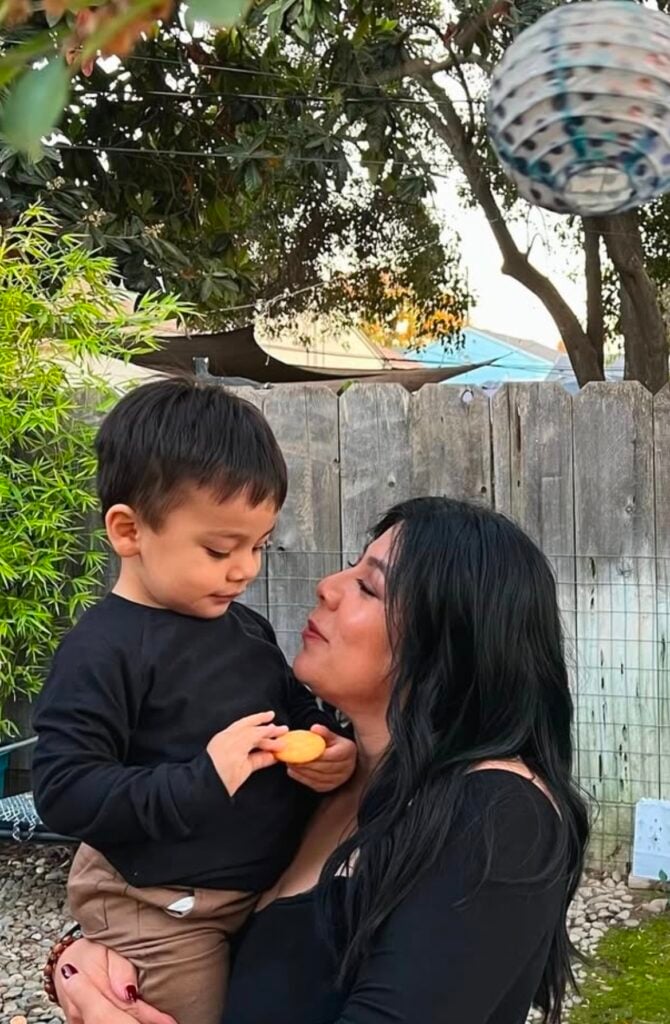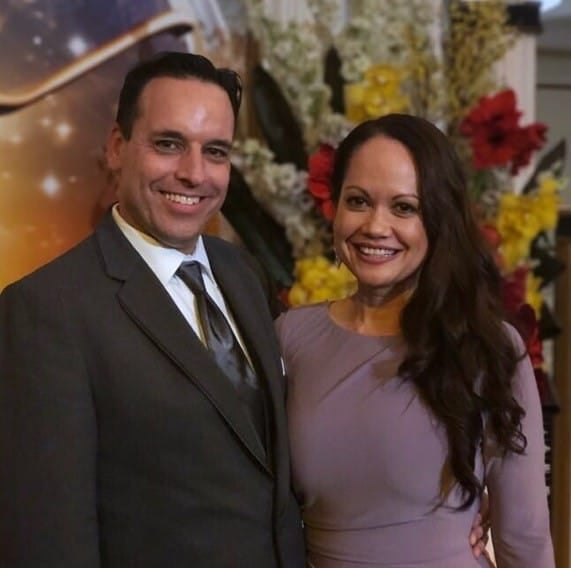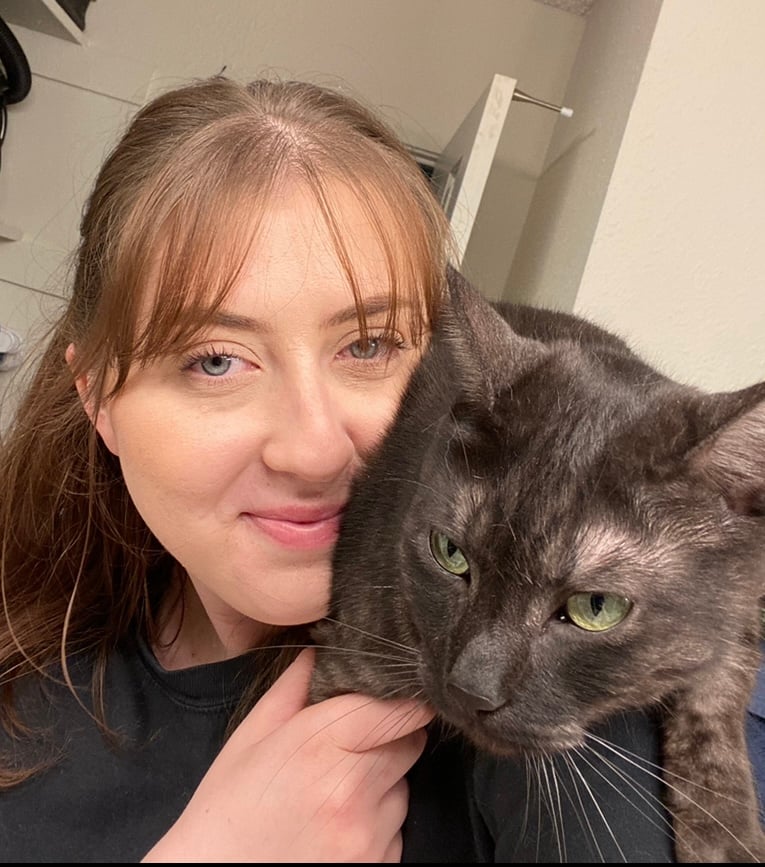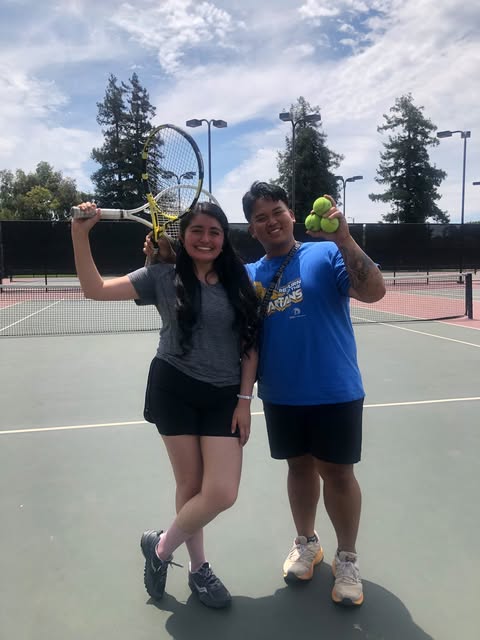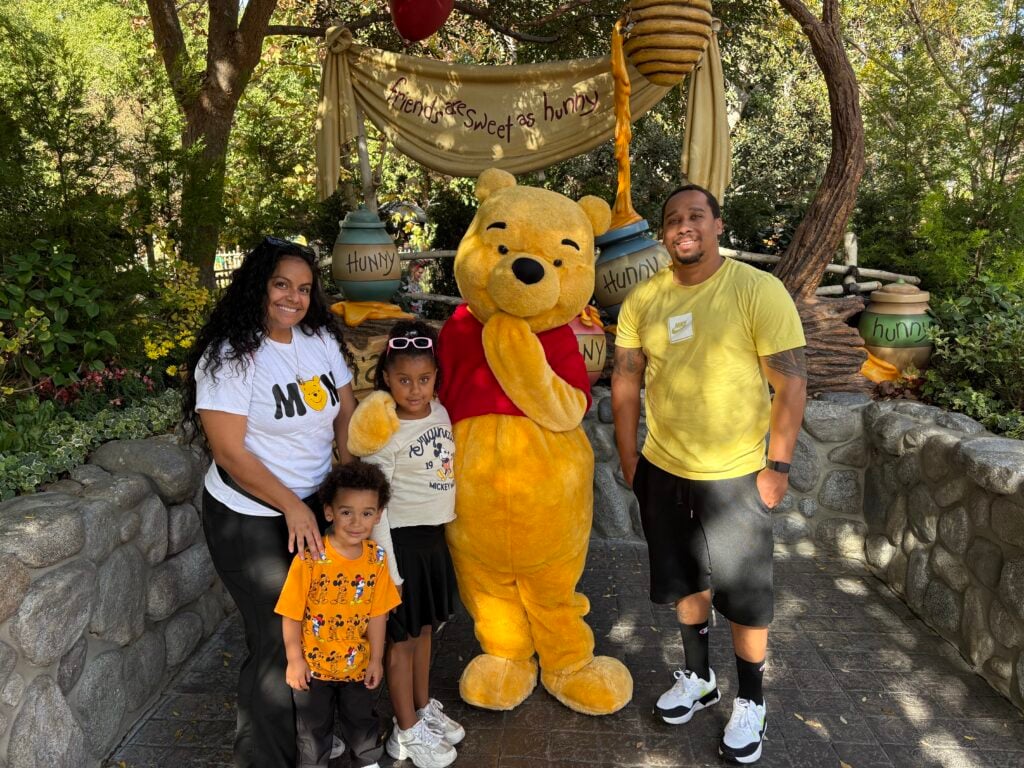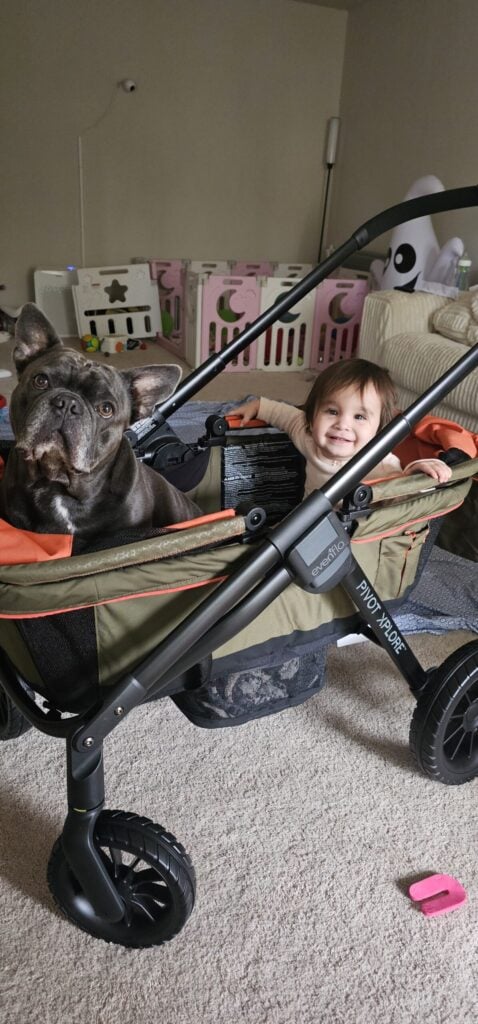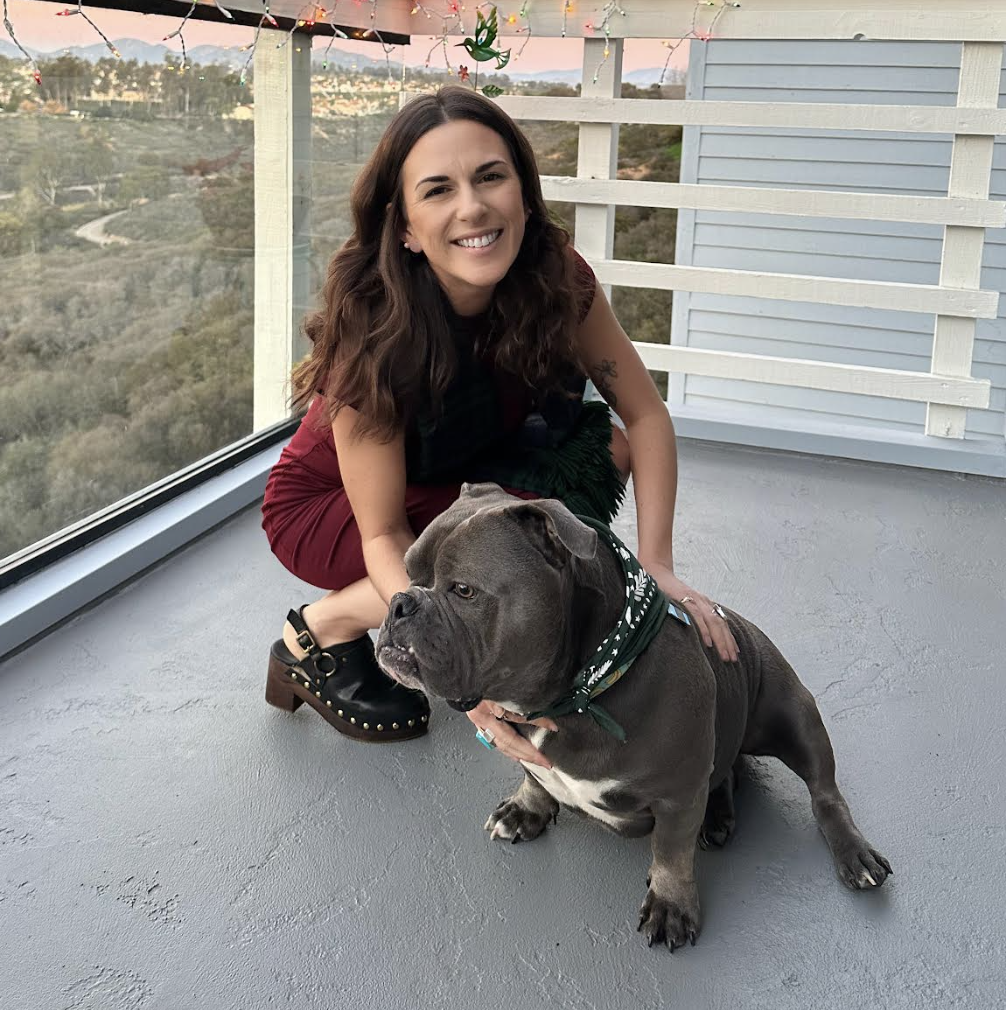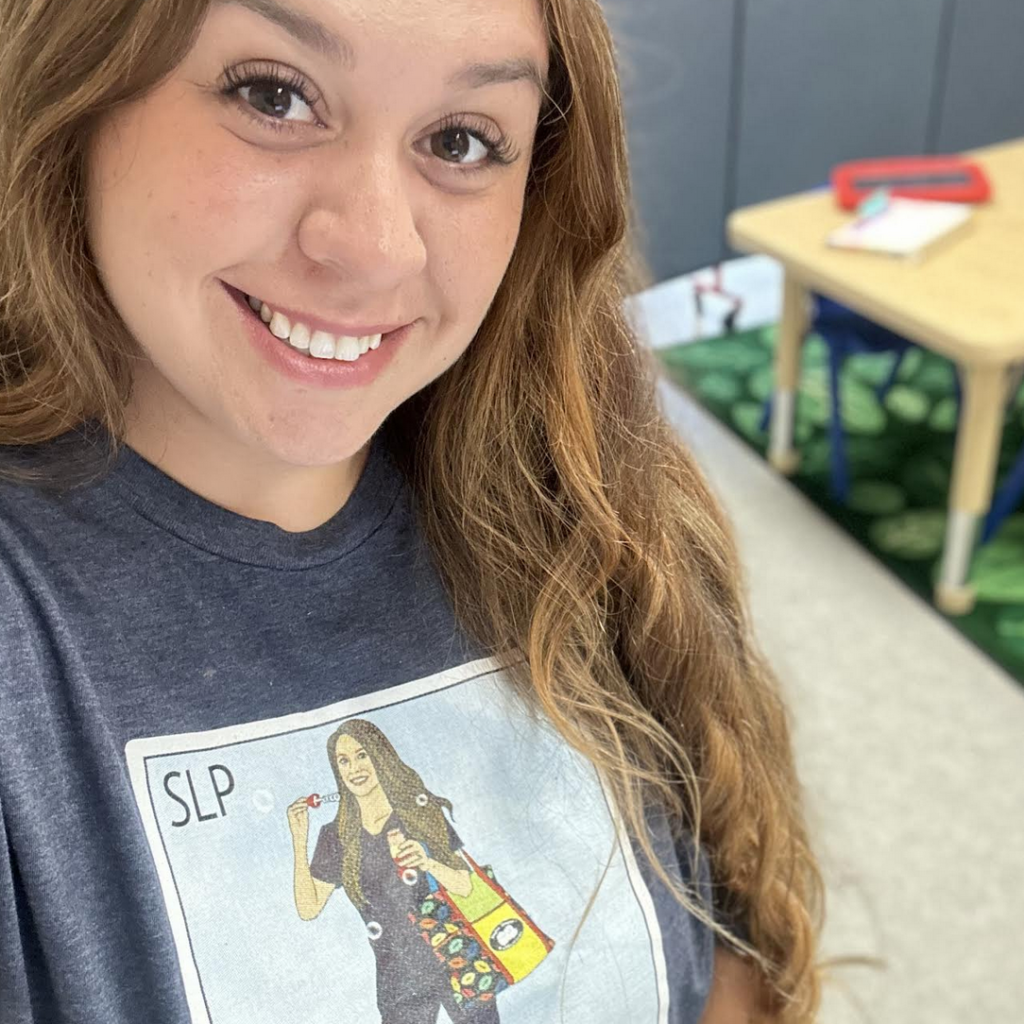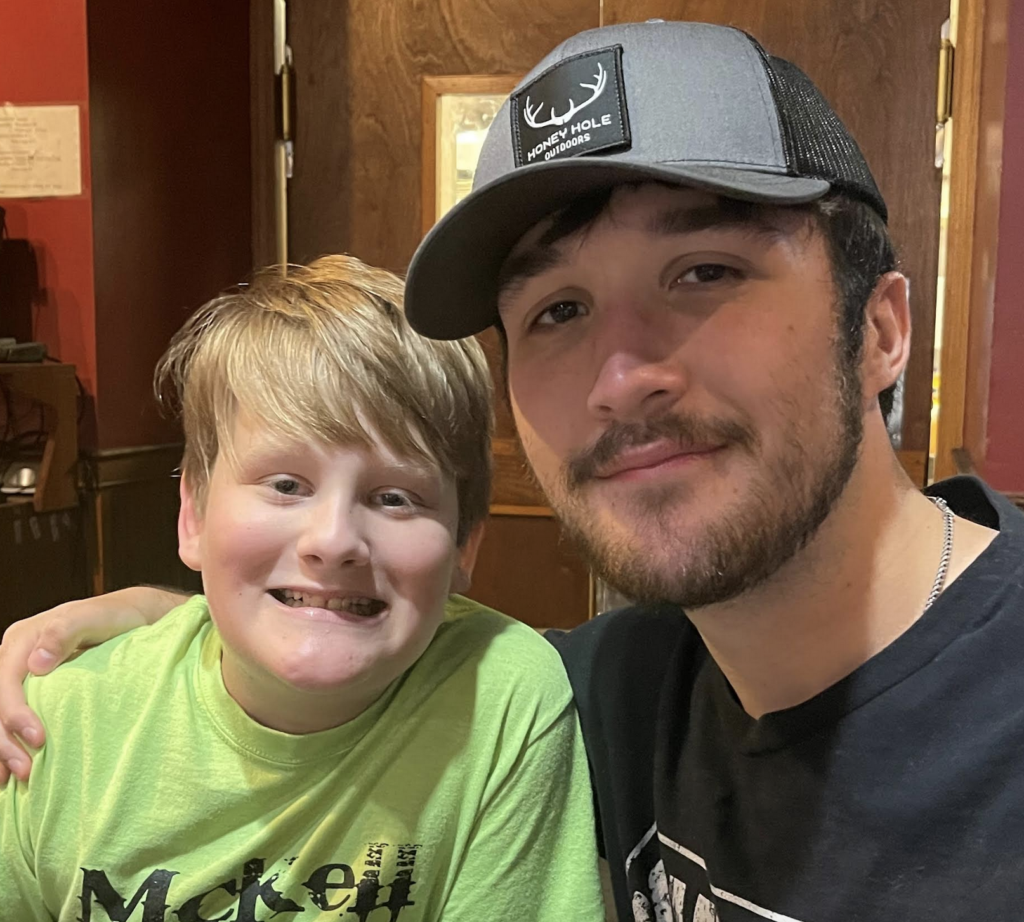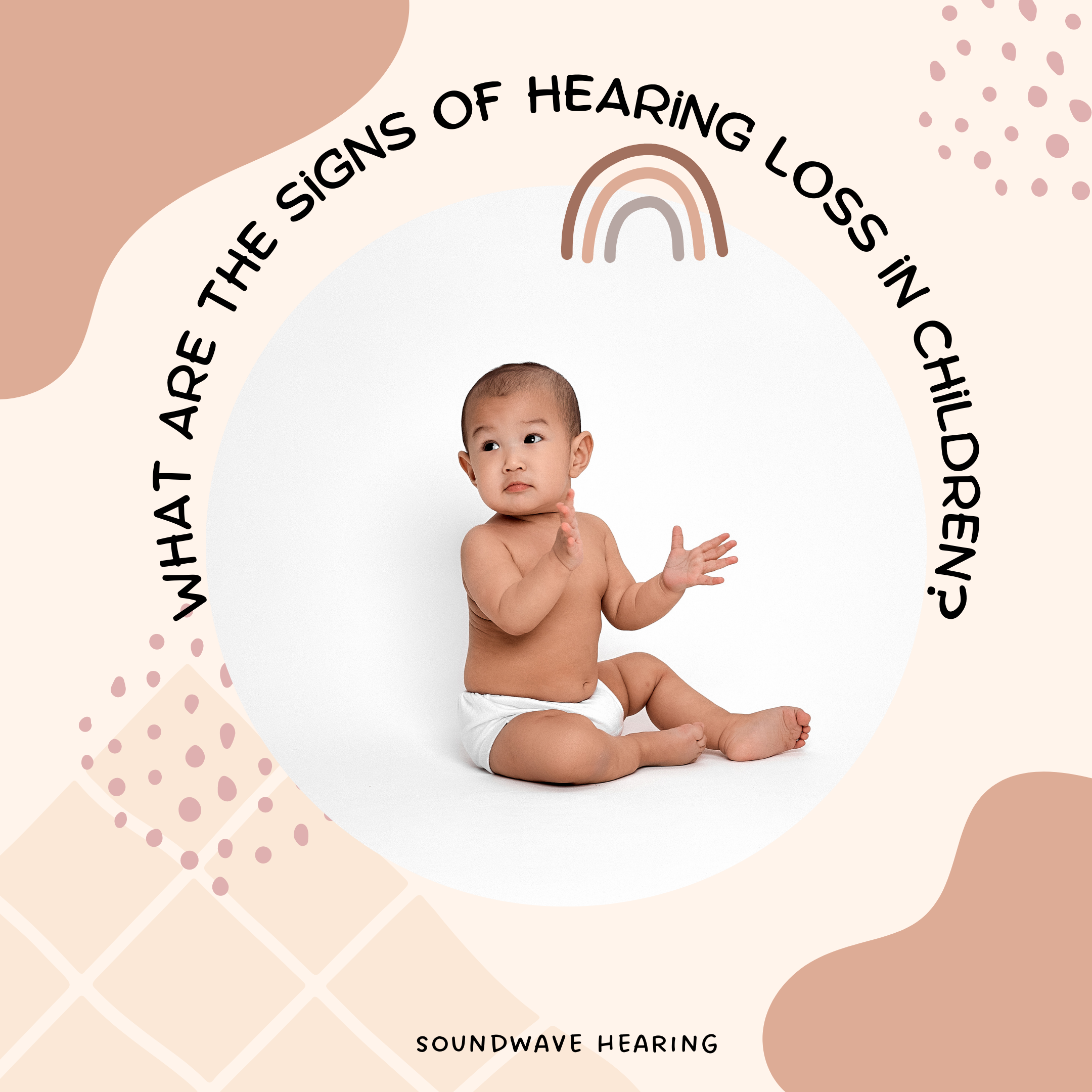
When you are just learning about your child’s hearing loss, it can be overwhelming. There are
many treatment options available to help your child at home and school. In this article, we will
discuss signs of deafness, congenital hearing loss, and children’s hearing aids.
Signs of Deafness
Hearing affects children’s speech and language development. Treating your child’s hearing loss
must be done appropriately and as soon as possible. In treating hearing loss sooner rather than
later, you can reduce the impact hearing loss has on their development and education. There
are several signs you can watch for to determine if your child is experiencing hearing loss.
Mistaken for a learning disorder
Many times children with hearing loss are misdiagnosed with a learning disability. This may
include ADHD or another learning disorder. It is essential to make sure your child’s hearing is
checked since hearing loss can mimic behavioral issues and learning disabilities. Hearing-
impaired children will sometimes have problems academically. This is especially a problem
when these problems did not previously exist. They may also be exhausted after school from
concentrating to hear and understand speech.
Understanding other people
Children with hearing loss may struggle to communicate with other people. The biggest problem
is that they may struggle to understand what people are saying. Hearing-impaired children may
speak differently to other children. They may also have speech and language delays. Also,
children who struggle to hear sit close to the TV to hear or turn up the TV volume incredibly
high. Children with hearing loss may also not be able to determine where a sound is coming
from.
Responding or reacting
You may notice children with hearing loss may not respond to you when you call their names.
They may misunderstand questions. This could also cause an inappropriate response. Children
who experience hearing loss may also struggle to articulate things. They might ask “what” or
“huh” when something has been said to them. Hearing-impaired children may be difficult to
understand on the phone or frequently switch ears when they are talking on the phone.
Observing others
Children with hearing loss may also be more apt to watch others more intently. Sometimes
hearing loss is not detected because the child can easily read lips. They may watch others more
closely to imitate the behaviors of others at home and school.
Congenital Hearing Loss
Congenital hearing loss is a hearing loss that began at birth. It can develop at childbirth or is in
the genes at birth so the child develops a hearing loss as it grows and gets older. A congenital
hearing loss may also be called congenital deafness if the hearing loss is very severe or
profound.
Congenital hearing loss most commonly happens from genetic issues. The genes that cause
hearing loss can come from one or both parents. Other causes that cause hereditary hearing
loss include maternal infections, such as rubella, premature birth, low birth weight, birth injuries,
drug and alcohol use while pregnant, or maternal diabetes. Also, babies born with congenital
CMV (Cytomegalovirus) may have hearing loss at birth or it may develop later.
Hearing loss can be a part of some syndromes. These include Usher syndrome, Treacher-
Collins syndrome, Alport syndrome, and Pendred Syndrome.
Babies should recognize your voice, make cooing sounds, and startle at loud noises by the time
they are three months old. At six months your baby should recognize speech sounds and
familiar noises. Interesting noises make your baby turn their head, and your baby plays with
their own voice and laughs. Your baby also uses their voice to indicate pleasure and discomfort.
Babies should understand simple words such as mommy and daddy, no, bye, and their own
names. By one year, children should be speaking one or more recognizable words.
Children’s Hearing Aids
Because children are more active, their hearing aids are a bit different. They must be safe and
durable. Also, the battery doors need to be tamper-proof. Curious children may fuss with the
hearing aids and try to open the devices. Many of these hearing aids feature very advanced
nanotech coatings to protect the device from sweat, dirt, and sometimes even rain. One of the
features that are sure to get your child excited is the ability to customize the device’s color.
There are many popular hearing aids for children.
Nano Hearing Aids
The nano hearing aids are the best overall hearing aids for children. These hearing aids cost a
fraction of the cost of other hearing aids with similar features.
Oticon
Oticon hearing aids are the most popular hearing aids for children. These are in the premium
range of products and aim to give the user an easy listening experience regardless of the
environment. With these hearing aids, a child’s cognitive load will be reduced so that they can
better focus on learning instead of struggling to hear properly.
Signia
Signia hearing aids are the best technology. They are mainly made for kids and teens. They
have a range of products. However, they recommend Insio, Aquarius, and also Nitro. Signia are
tiny, discreet hearing aids that still have excellent connectivity.
Starkey
Starkey hearing aids are the most discreet style of hearing aids. They are specifically designed
for children and are more child-friendly. The hearing aid devices for children are a lot more
customizable when it comes to color, and they are also a bit more durable.
Finally, it’s essential to be aware of hearing loss symptoms in children. Hearing-impaired
children have many hearing aid options and can go on living active lives. Thanks to SoundWave Hearing for this guest blog!


















